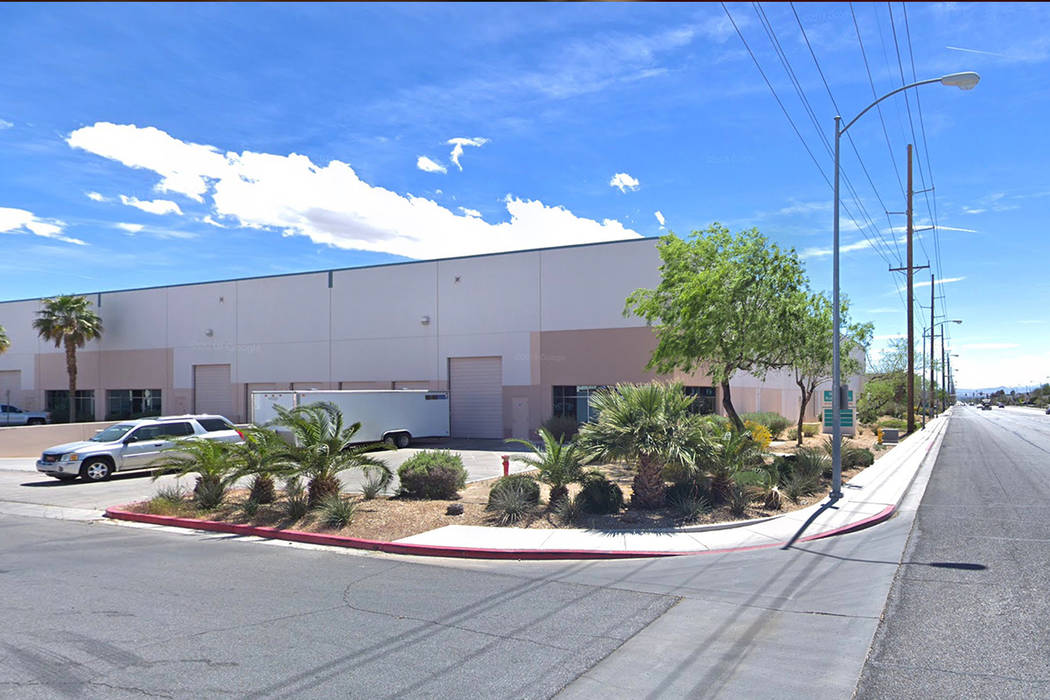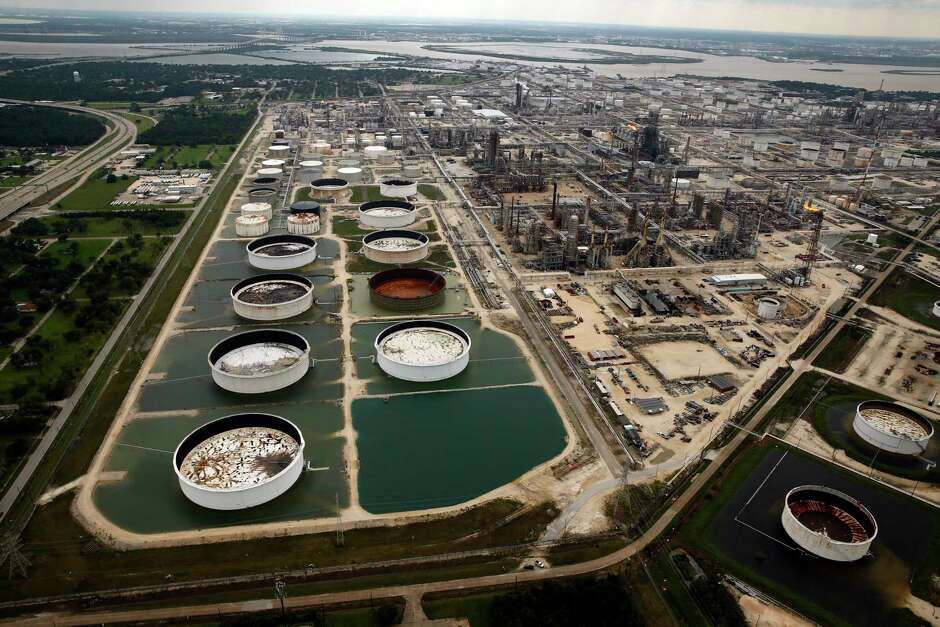 |
| Crown Equipment Corp. employee Travis Temple, 49, died after he was struck by a lift truck at New Bremen, Ohio |
OSHA opens probe into man's death
Accident occurred at Crown
By Sydney Albert
NEW BREMEN, OHIO -
The Occupation Safety and Health Administration is investigating a worker's death after an accident at Crown Equipment Corp. on Monday.
The accident is still under investigation, but preliminary information provided by Crown Equipment indicates that employee Travis Temple, 49, Celina, was struck by a lift truck.
Temple was transported by St. Marys Emergency Medical Services to St. Rita's Medical Center in Lima where he later succumbed to his injuries, a Crown news release states.
According to Auglaize County Central Dispatch logs, a squad run was made at about 2:15 p.m. to Crown's Plant 4 at 510 W. Monroe St.
Temple was lying on the ground outside of Plant 4 on the loading dock being treated by factory nurses when the squad arrived, St. Marys Fire Chief Douglas Ayers told the newspaper this morning. The squad arrived at St. Rita's with Temple at about 3:10 p.m., he said.
According to Temple's obituary, he passed away at 6:17 p.m. Auglaize County dispatch logs indicate that Allen County Coroner's Office personnel called for information at about 7:49 p.m.
"As with any death, the incident is being investigated by the New Bremen police," according to department news release.
"Employee safety is of the utmost importance to Crown," a company news release states.
"The company has notified OSHA of the incident and is fully cooperating with the investigation to determine its cause. No additional information is available until the OSHA investigation is complete."
"We are deeply saddened by this tragic event and wish to extend our sincere condolences to the family and friends of Mr. Temple," Randy Niekamp, vice president of human resources, said in the release. "Grief counselors are also available on-site to provide assistance to our employees where needed."
An obituary for Temple appears in today's Daily Standard.
 |
| Crown Equipment Corp. employee Travis Temple, 49, died after he was struck by a lift truck at New Bremen, Ohio |
Other survivors include his three children, Robert Blair (Amber) Temple, Greenville, Kylie (Jon) Gudorf, Celina, and Tyler (Amber) Temple, Botkins; his parents Jerry and Connie (Nedderman) Temple, Celina; a grandmother, Loree Nedderman, New Bremen; brothers and sisters, Trevor (Stephanie) Temple, Celina, Ben Wendt, Columbus, Tracy Temple, Columbus, Tonya Temple, Celina, and Tiffany Laffin, Celina; a mother-in-law, Leslie Huelskamp, Celina; seven grandchildren, Corbin, Brooklyn, Dexter, Callie, Clayton, Ella, and Adalyn and numerous nieces and nephews.
He was preceded in death by his father-in-law, Jerry Huelskamp.
Travis was a 1987 graduate of Celina Senior High School. He worked at Huffy Corporation in Celina, Donovan's Garage in St. Marys, the Lima Tank Plant and from 2011 to the present, at Crown Equipment Corp. in New Bremen.









 Julio Abraham Ariguznaga-Anderson, 33, of Dallas passed away Monday, August 13 2018.
Julio Abraham Ariguznaga-Anderson, 33, of Dallas passed away Monday, August 13 2018.









 In addition, much is still to be learned about the magnitude of the excess emissions problem across the country. If an effective regulatory framework is to be designed to reduce them, it is imperative that more states begin tracking excess emissions events in a detailed and systematic way, following the example set by Texas.
In addition, much is still to be learned about the magnitude of the excess emissions problem across the country. If an effective regulatory framework is to be designed to reduce them, it is imperative that more states begin tracking excess emissions events in a detailed and systematic way, following the example set by Texas.










/https://www.thestar.com/content/dam/thestar/vancouver/2018/06/11/overnight-apartment-fire-claims-two-lives-injures-16-more-in-north-vancouver/joh505481698.jpg) A firefighter works on the scene of an apartment complex fire in North Vancouver, B.C. on Monday, June 11, 2018. An apartment fire in North Vancouver has killed two people and sent a dozen to hospital for treatment of various injuries. (Jonathan Hayward / The Canadian Press)
A firefighter works on the scene of an apartment complex fire in North Vancouver, B.C. on Monday, June 11, 2018. An apartment fire in North Vancouver has killed two people and sent a dozen to hospital for treatment of various injuries. (Jonathan Hayward / The Canadian Press)














